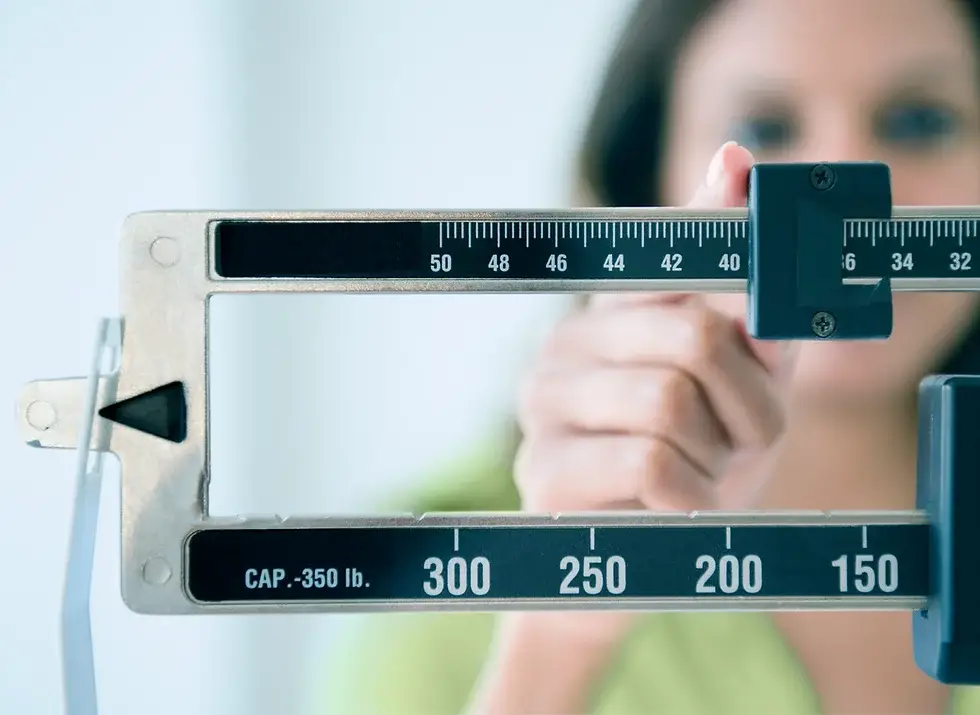Artificial intelligence decodes 500 year old art mystery
In the world of art, there is an unending quest to uncover the mysteries hidden within the brushstrokes of renowned artists.

In the world of art, there is an unending quest to uncover the mysteries hidden within the brushstrokes of renowned artists. Madonna della Rosa or Madonna of the Rose. (CREDIT: Museo Nacional del Prado/PA)
In the world of art, where centuries-old masterpieces continue to captivate the imagination of connoisseurs and enthusiasts alike, there is an unending quest to uncover the mysteries hidden within the brushstrokes of renowned artists.
A recent revelation has sent shockwaves through the art community, as scientists from England's University of Bradford deployed artificial intelligence (AI) to dissect the enigmatic "Madonna della Rosa" ("Madonna of the Rose") by none other than the legendary Renaissance master himself, Raphael.
Raphael, an iconic figure of the Renaissance era, graced the world with his artistic genius between 1483 and 1520. His name is synonymous with timeless classics such as "The School of Athens" and "Three Graces."
Yet, a groundbreaking study led by a team of diligent researchers, including Hassan Ugail, the director of the Centre for Visual Computing and Intelligent Systems at the University of Bradford, challenges our perception of one of Raphael's works.
Related Stories
Ugail and his team harnessed the power of artificial intelligence, employing a meticulously crafted algorithm designed to differentiate authentic Raphael paintings from imitations with a staggering 98% accuracy rate.
The algorithm's methodology delves deep into the nuances of art, scrutinizing over 4,000 parameters encompassing brush strokes, color palettes, and hues to render its verdict on a painting's authenticity.
Their target: the "Madonna della Rosa," an illustrious work that graces the Museo del Prado in Madrid. This painting has been a subject of fervent debate among art scholars for centuries.
Results for a section of The Sistine Madonna - an authenticated painting by Raphael. (CREDIT: Wikimedia Commons)
As study co-author Howell Edwards, emeritus professor of molecular spectroscopy at the University of Bradford, aptly put it, "Some connoisseurs regard the quality of the composition and painting for the Madonna, Child, and St John as far exceeding that of St Joseph, whom they feel has been added at the workshop as somewhat of an afterthought."
The revelation that emerged from the depths of AI analysis is as profound as it is captivating. "The AI program's analysis of our work has demonstrated conclusively that whereas the three figures of the Madonna, Christ Child, and St John the Baptist are unequivocally painted by Raphael, that of St Joseph is not and has been painted by someone else," added Edwards.
This revelation not only adds a new layer to the ongoing debate surrounding the "Madonna della Rosa" but also sparks broader discussions on the role of AI in art authentication.
The algorithm's capacity to dissect minute details surpasses human capabilities, leading to some resistance from traditional art historians. Ugail, however, defends the AI's precision, stating, "It will be very, very difficult, no matter how good somebody is, to actually go into that level of detail and create something like that."
In essence, the "de Brécy Tondo" painting, which previously raised questions about its authenticity, served as the catalyst for this groundbreaking research. Some art historians had contended that it was a mere copy crafted in the 19th century, but previous AI analysis concluded otherwise, confirming it as a genuine Raphael. The initial findings had met with skepticism from certain quarters within the art world, as Ugail recalled, "I was a little bit taken aback."
Stanford University Adjunct Professor David G. Stork, a pioneer in the application of computer vision to problems in the history and interpretation of fine art paintings and drawings, also contributed to the recent research. (CREDIT: University of Bradford)
This debate concerning the "de Brécy Tondo" underscores the complex relationship between AI and art authentication, a relationship that Ugail sees as complementary to other forms of analysis, such as tracing the provenance of a work. "This is just another tool," he asserts, emphasizing that the algorithm serves as a rapid means of gauging whether a mysterious artwork warrants further exploration.
Looking ahead, Ugail's vision extends beyond Raphael's realm. He envisions developing an algorithm capable of identifying the works of other artists, thereby bridging the chasm between science and art authentication. "The potential for this kind of tool is huge," he enthuses, hinting at the transformative impact this technology could have on the art world.
Hassan Ugail pictured with the de Brécy Tondo. (CREDIT: University of Bradford)
Intriguingly, the groundbreaking research led by Ugail and his team has been immortalized in a peer-reviewed paper published in the Heritage Science journal. This academic milestone underscores the rigorous methodology and scholarly rigor that underpin their findings.
As we venture further into the realms of art and science, guided by the unerring precision of artificial intelligence, the mysteries concealed within masterpieces like the "Madonna della Rosa" continue to beckon us. With each discovery, we inch closer to unraveling the enigmatic stories and hidden truths that lie beneath the surface of the world's most cherished works of art.
Note: Materials provided above by The Brighter Side of News. Content may be edited for style and length.
Like these kind of feel good stories? Get the Brighter Side of News' newsletter.



